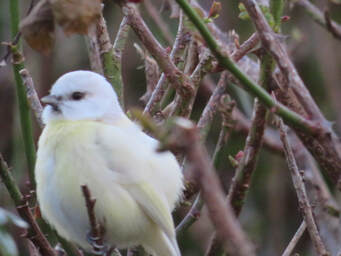 Unusual plumage caused by abnormal feather pigmentation can catch out the unwary, even of very familiar species. Anglesey reader Annwen Hughes has received regular garden visits from this Blue Tit with a white head and pale yellow body. The condition is known as leucism, where the cells responsible for the production of melanin are absent, so the bird lacks its darker patterns but the yellow carotenoids are unaffected. It is sometimes stated that leucistic birds are more vulnerable to predators, although evidence is hard to find except in nocturnal species that rely on cryptic plumage to hunt after dark. The British Trust for Ornithology runs a long-running survey of birds with abnormal plumage. If you see, and ideally photograph, one please participate at surveymonkey.com/r/plumagesurvey. Waxwings have finally made it into Wales from the northeast, with seven at Llysfaen on Monday, and two at Hawarden and a flock of 17 at Cilcain on Sunday. A Glossy Ibis is feeding between Abererch and Pwllheli and Snow Buntings near Llanbedrog and on the Great Orme. Four Slavonian Grebes were off Aber Ogwen, two in Beddmanarch Bay and one off Llanddulas, with Long-tailed Ducks there, at Benllech and Glan-y-Môr Elias. Strong winds last week pushed late Sooty Shearwaters inshore past Cemlyn and Point Lynas, and five Great Northern Divers and a Little Gull off Rhos Point. Two Cattle Egrets were reported on Rhyl’s Marine Lake and two Black Redstarts in Fairbourne. A couple of Hawfinches and a Firecrest were behind Bangor Cathedral last week, with another Firecrest in the St Mary’s Village part of the city. A Great Grey Shrike was near Pentrellyncymmer, below Llyn Brenig, for a couple of days. Whooper Swan flocks have increased in the colder weather, with 56 upriver from Porthmadog and 15 at RSPB Cors Ddyga, where a late Swallow was seen on Sunday along with a Merlin and Water Pipits; four Cattle Egrets and a Siberian Chiffchaff were on the reserve last week.
0 Comments
Although I have neither the patience nor skill to ring birds, I’m always fascinated by the discoveries that ornithologists make by attaching alloy rings to the legs of birds. My minor contribution is reading colour rings and flags on legs of waterbirds, such as a Curlew I saw recently near Llanfairfechan that had been ringed at RSPB Snettisham, in Norfolk, earlier in the autumn.
The 2022 Ringing Report by the British Trust for Ornithology includes three birds in Wales that are now the oldest in the British and Irish ringing scheme. A House Sparrow in Gwent was recorded in the same village more than 13 years after being ringed there as a nestling in 2008, and Kittiwake returned to Skomer where it was ringed in 1991. On Anglesey, a male Chough was seen 24 years after being ringed as a chick on the island in 1998, and the ringer reports that he’s nested again in 2023. That beats a record set by a Ceredigion bird in 2019 and becomes the oldest passerine (a perching bird) in the BTO database. Indeed, it is the oldest known Chough in Europe, and maybe the oldest passerine in any European ringing scheme. Meanwhile, a Guillemot on Ynys Gwylan-fawr, off Aberdaron, had been ringed there as a chick 35 years previously, although it needs to be seen again after 2028 to become the oldest on the BTO’s database. The report also documents movements, some global but others of birds we consider more sedentary. A Collared Dove ringed in Norfolk in 2016 was found in a Bagillt garden; a Barn Owl ringed in Northumberland in 2014 was found near Rhuthun; and a Nightjar that hatched in Denmark in 2021 was in Clocaenog Forest a year later. Most intriguing was a ring found in a bag of compost bought in Aberystwyth that had been attached to a Curlew chick in central Scotland in 2010… You’ll be able to read more in the Ringing and Nest-recording Report by Lee Barber in the Welsh Bird Report 2022, to be published soon by the Welsh Ornithological Society. And if you find a bird with a ring, please report it to ring.ac and contribute to science. This week saw a flock of Greenland White-fronted Geese return to the Cefni Valley, where four Cattle Egrets remain at RSPB Cors Ddyga, and 37 Whooper Swans are on Glaslyn Marshes. A Snow Bunting was unusual inland in Penllyn Forest, above Llyn Tegid, which hosted a Common Scoter last week. A Grey Phalarope and Firecrest were reported at Morfa Madryn nature reserve, with Firecrests also at Bangor Cathedral and at Moelfre. Fifteen Jack Snipe were with 250 Snipe at Traeth Coch, and a Long-tailed Duck off Benllech. Updated on 22 November to include information from Tony Cross that the Chough in the story is the oldest passerine in the BTO ringing database, and may be the oldest ringed passerine in Europe. Results from a mammoth survey of almost 15,000 seabird colonies is published today, following seven years of fieldwork by more than 850 people. It’s an amazing feat to survey millions of birds on the remotest islands and islets across Britain, Ireland, the Isle of Man and Channel Islands, which are collectively of international importance for many species. It would have made for grim reading even before bird ‘flu hit several species in the years since fieldwork finished, as it shows that 11 of 21 species have declined and populations of only four have increased by more than a few per cent.
Climate change, predation and depleted fish stocks have all played a part, with declines most acute in Scotland, the most important part of the archipelago for seabirds. The results for Wales also show serious declines for species such as Cormorant, Kittiwake, Shag and Fulmar. Wales now holds a greater share of the UK’s Guillemots, Razorbills and Puffins, and especially Little Terns and Arctic Terns, which have benefited from intensive conservation efforts in North Wales. However, some of Wales’ increased importance may result from crashes elsewhere in the UK, and the small number of colonies here highlights that their eggs are in a few vulnerable baskets. I look forward to diving into the book Seabirds Count and, given the significance of its contents, I’m sure this is a topic to which I will return… This week’s bird sightings include nine Cattle Egrets and a couple of Water Pipits at RSPB Cors Ddyga, Hawfinches around Llanrwst church and a Yellow-browed Warbler that made a short stop at Rhyl’s Brickfield Pond. Over-running summer migrants were a Hoopoe at Rhoshirwaun, Ring Ouzel with Fieldfares near Bryn y Maen and Arctic Tern off Moelfre. Long-tailed Ducks are on Llyn Maelog and off Benllech, and Slavonian Grebes on the Inland Sea and Menai Strait. Black Redstarts were spotted in Bangor and Porthmadog, and Snow Buntings at Holyhead, South Stack, Great Orme and Point Lynas. Choughs, the red-billed crow with a distinctive ringing call, is very much associated with Wales; the country held around 80% of the UK population at the last count. However, a new study shows that the population in North and Mid Wales is not as healthy as expected. Using data from 25 years of nest monitoring by Adrienne Stratford and Tony Cross, the paper published in the journal Bird Study found that the proportion of territories occupied each year at inland sites has fallen by more than two-thirds and that nesting success fell by one-third. Breeding metrics have fallen at coastal sites too, although less dramatically. RSPB Cymru has warned that this could lead to local extinctions and has called for targeted options to enable livestock farmers to provide the grazing that Choughs need. The birds have already gone from inland sites in much of Wales, and there are fears that they could be lost in Eryri National Park away from the coast. In the 19th century, Choughs were a common sight in the slate quarries across the region. You can read more about what Choughs need in this Daily Post article from 2019. A Pallas’s Warbler was a good find at Talacre last week, a quarter-ounce songbird that has travelled here from the mountain forests of northern Mongolia. An American Wigeon at RSPB Cors Ddyga is the first in North Wales since 2007 and showed pale cheeks indicative of a rare form that US hunters call ‘Storm Wigeon’.
Flooded fields attracted a Glossy Ibis to Valley and two to Llanengan, near Abersoch, which may have been the duo over Aberystwyth on Sunday. Elsewhere, two Black Redstarts were at Amlwch, a Firecrest at Glanwydden, Garganey at Cors Ddyga and Snow Bunting at Holyhead breakwater. A Ring Ouzel remains on Holyhead Mountain, Slavonian Grebes have returned to the Inland Sea and several Great Northern Divers are off Cemlyn. |
Bird notesA weekly update of bird sightings and news from North Wales, published in The Daily Post every Thursday. Archives
July 2024
Categories |
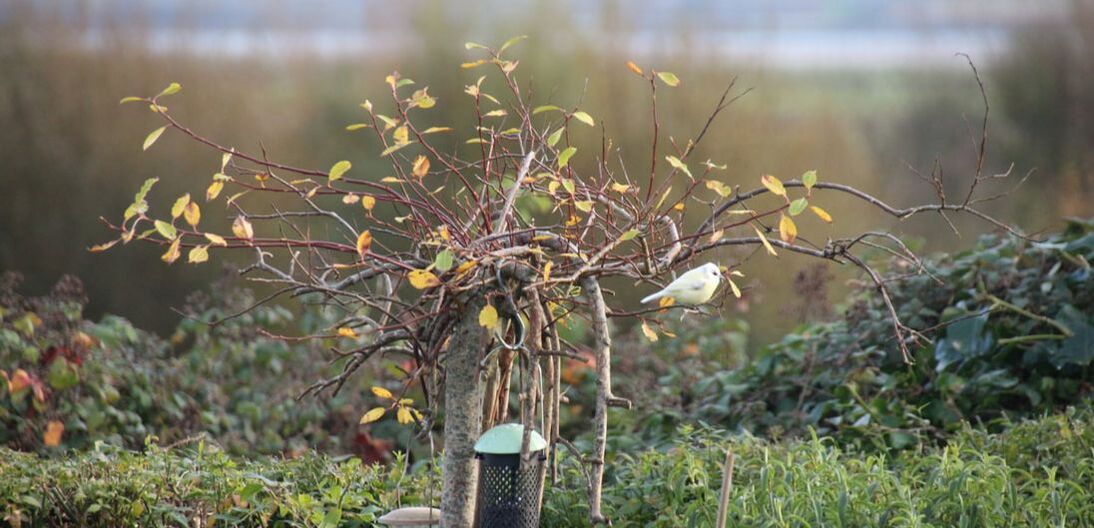
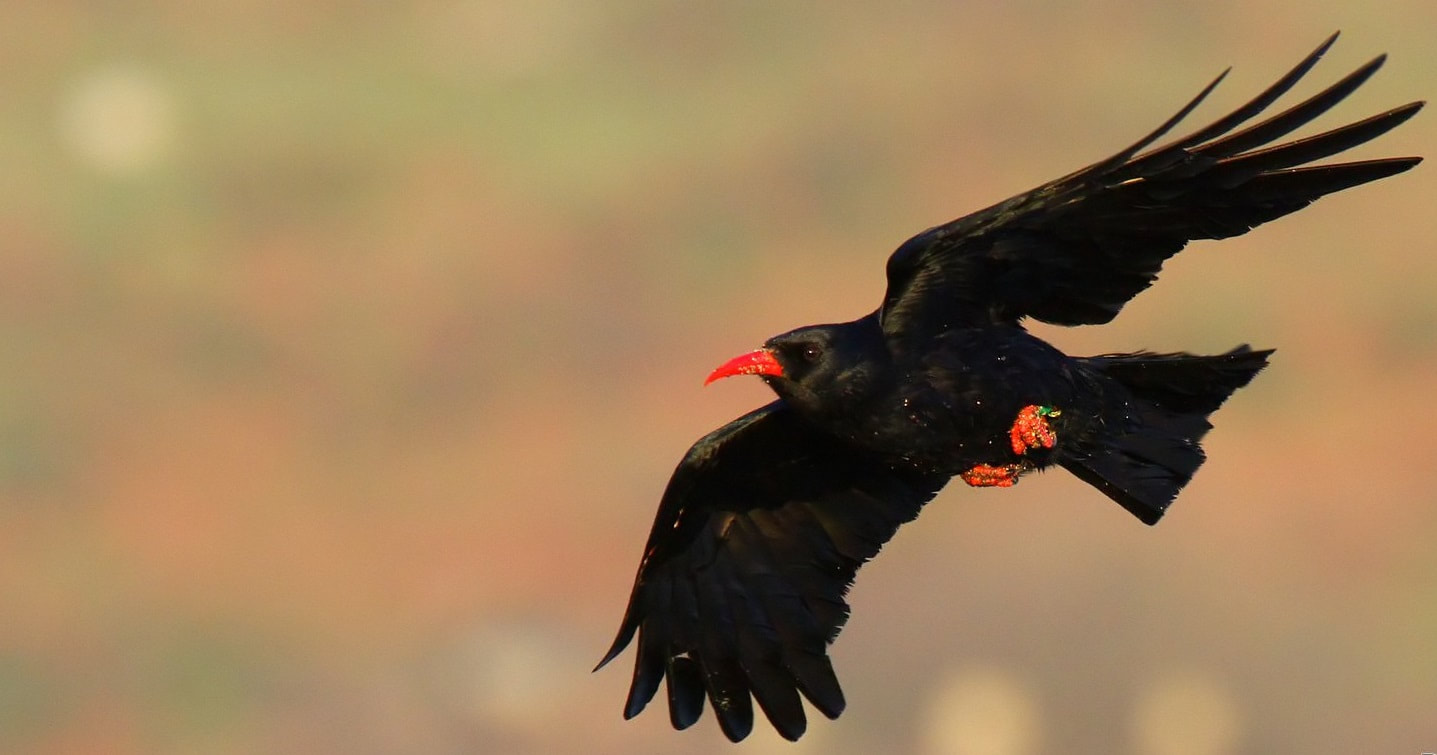
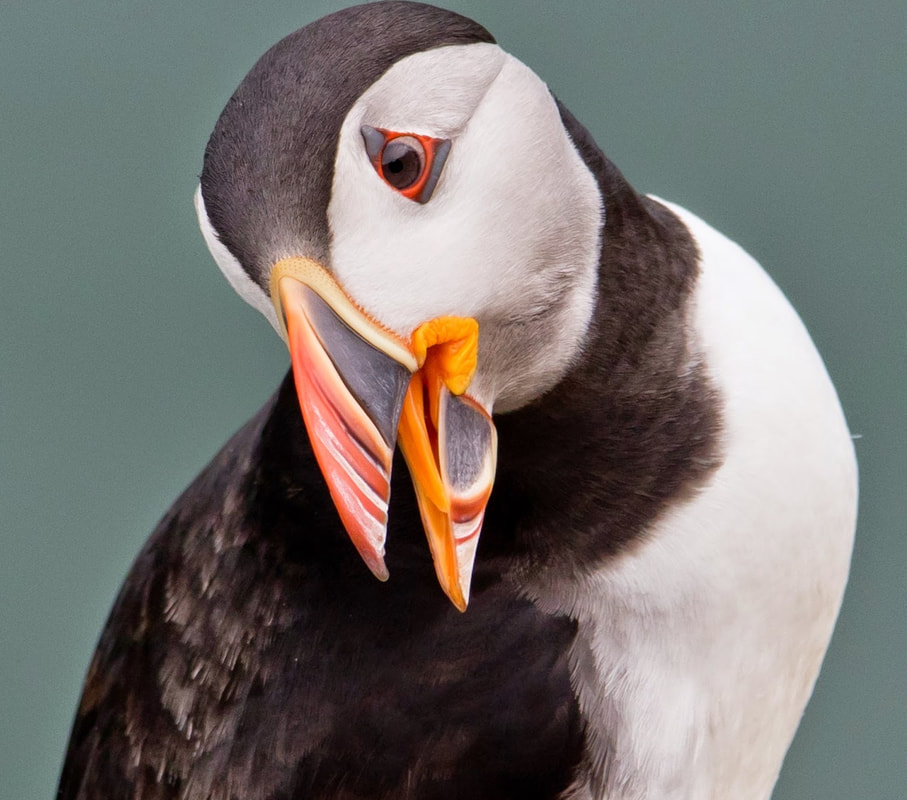
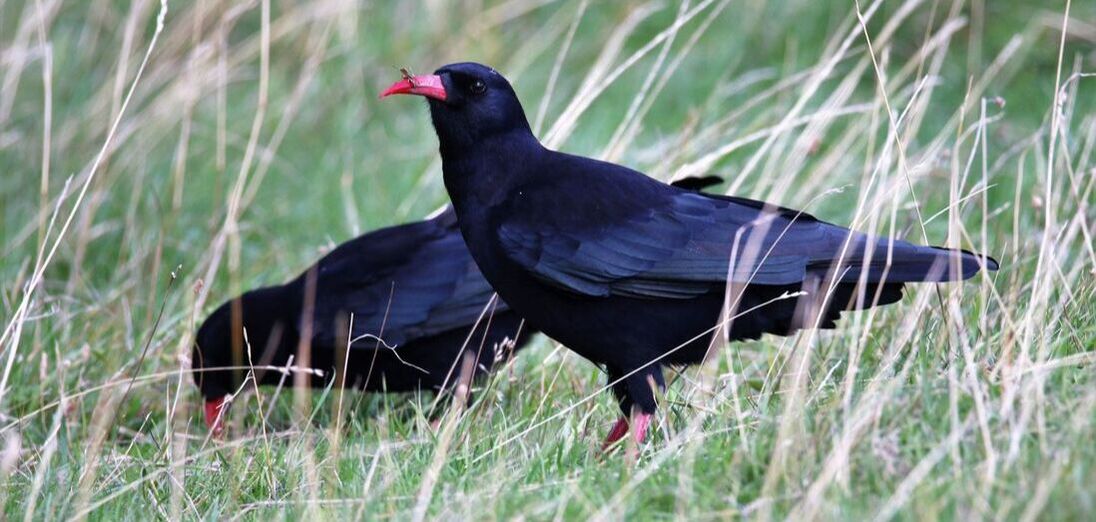
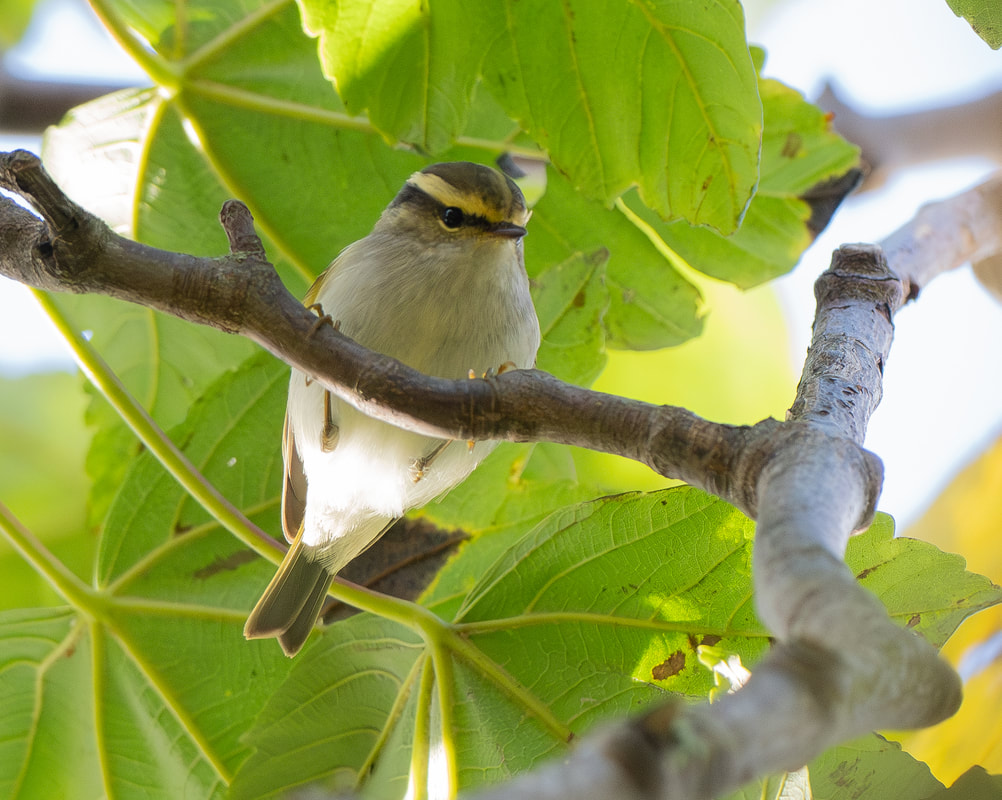
 RSS Feed
RSS Feed
